Women who have had mastectomies can now share photos of their experience on Facebook after the social media giant caved to user pressure and clarified its nudity policy.
Previously, Facebook removed any images of mastectomy scars and banned users who posted them for 30 days, deeming the pictures to be in breach of its strict nudity policy.
In May, breast cancer sufferer Scorchy Barrington started a Change.org petition after Facebook banned photographer David Jay for posting post-mastectomy images on his page The SCAR Project.
The petition gathered more than 21,000 signatures before Facebook issued a statement clarifying its position on post-mastectomy pictures, saying the “vast majority” would comply with its nudity policy.
“We agree that undergoing a mastectomy is a life-changing experience and that sharing photos can help raise awareness about breast cancer and support the men and women facing a diagnosis, undergoing treatment, or living with the scars of cancer,” the Facebook statement said.
Despite this, the social media giant said any images of fully-exposed breasts, particularly if they’re “unaffected by surgery”, will be removed as they violate the site’s terms.
“These policies are based on the same standards which apply to television and print media, and that govern sites with a significant number of young people,” it said.
Ms Barrington said the clarification was a “victory” for everyone living with breast cancer.
“From now on, these powerful visual testaments to the real impact of breast cancer and the resilience of breast cancer survivors will be welcomed on Facebook, as they should be,” she told the New York Daily News.
“These photos document the physical and emotional toll of women and men who have undergone mastectomies,” she said. “As a woman living with Stage IV breast cancer, photos like The SCAR Project help me feel a little less alone in what I’m going through.
“By removing the photos, Facebook is sending us a message that our struggle with this disease should be kept in the dark.”






















.jpg?resize=380%2C285)








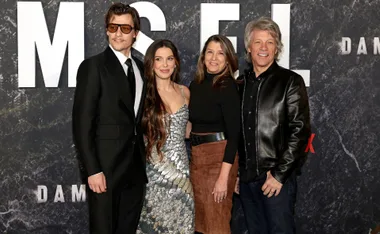

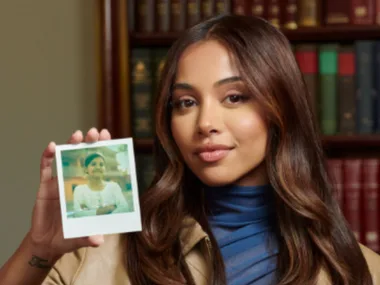
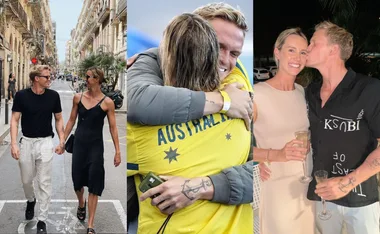

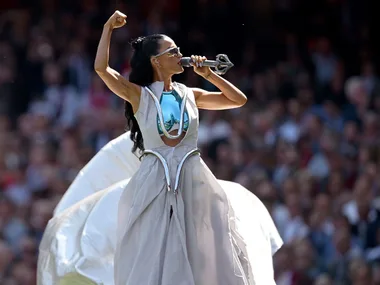

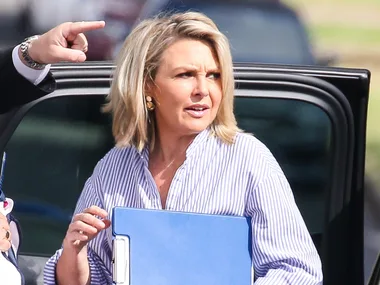
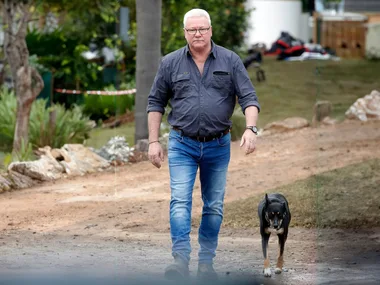


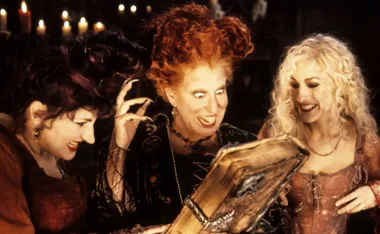
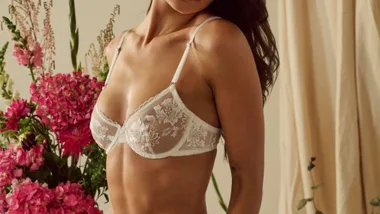


















.png?resize=380%2C285)

